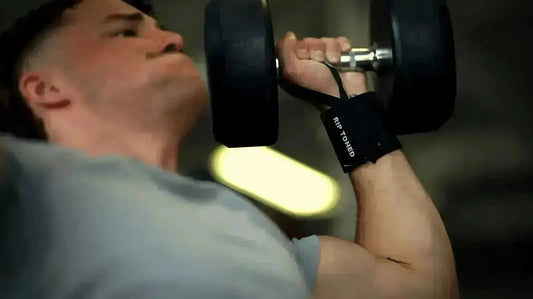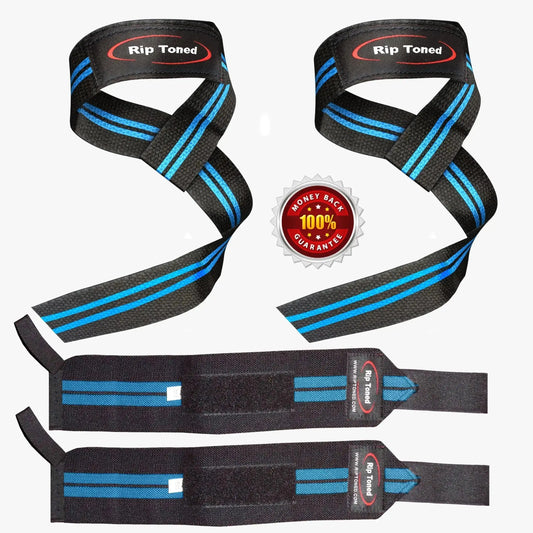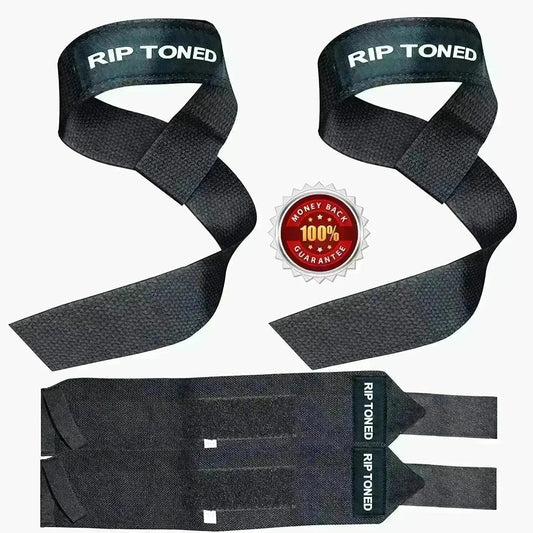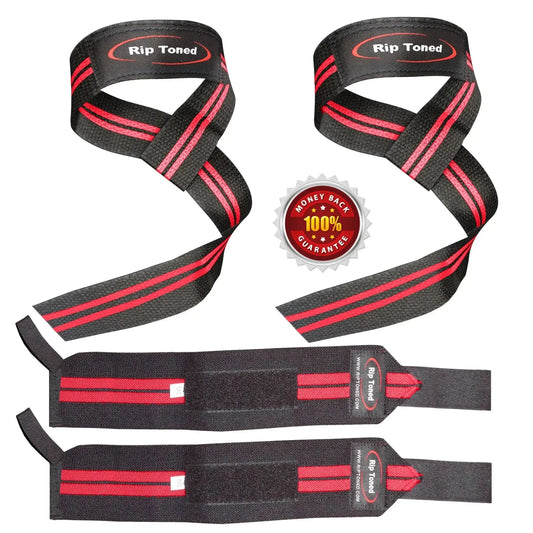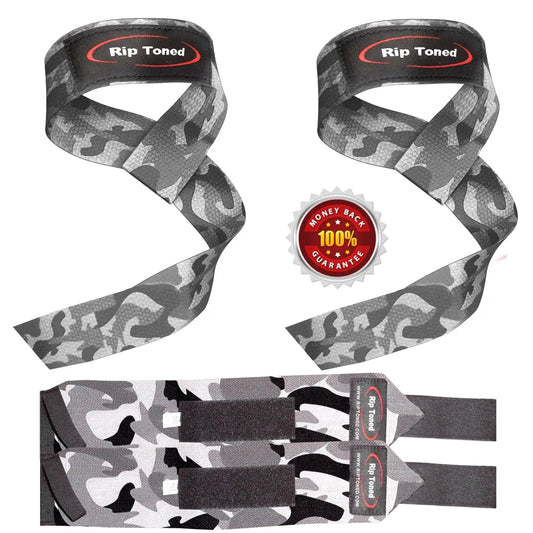Collection: Wrist Wrap for Lifting
-
Wrist Wraps (Stiff) - Green
4.63 / 5.0
(7223) 7223 total reviews
Regular price $17.99 USDRegular price$19.99 USDSale price $17.99 USDSale -
Wrist Wraps (Stiff) - Green Camo
4.63 / 5.0
(7223) 7223 total reviews
Regular price $17.99 USDRegular price$19.99 USDSale price $17.99 USDSale -
Wrist Wraps (Stiff) - Large Flower
4.63 / 5.0
(7223) 7223 total reviews
Regular price $17.99 USDRegular price$19.99 USDSale price $17.99 USDSale -
Wrist Wraps (Stiff) - Red
4.63 / 5.0
(7223) 7223 total reviews
Regular price $17.99 USDRegular price$19.99 USDSale price $17.99 USDSale -
Wrist Wraps (Stiff) - Small Flower
4.63 / 5.0
(7223) 7223 total reviews
Regular price $17.99 USDRegular price$19.99 USDSale price $17.99 USDSale -
Wrist Wraps (Stiff) - White
4.63 / 5.0
(7223) 7223 total reviews
Regular price $17.99 USDRegular price$19.99 USDSale price $17.99 USDSale -
Lifting Straps & Wrist Wraps Combo Pack - Blue
4.87 / 5.0
(443) 443 total reviews
Regular price $13.99 USDRegular price$19.97 USDSale price $13.99 USDSale -
Lifting Straps & Wrist Wraps Combo Pack - Blue Less Stiff (18-inch Wrist Wraps)
4.87 / 5.0
(443) 443 total reviews
Regular price $14.99 USDRegular price$22.97 USDSale price $14.99 USDSale -
Lifting Straps & Wrist Wraps Combo Pack - Blue Stiff (18-inch Wrist Wraps)
4.87 / 5.0
(443) 443 total reviews
Regular price $14.99 USDRegular price$22.97 USDSale price $14.99 USDSale -
Lifting Straps & Wrist Wraps Combo Pack - Full Black Less Stiff (18-inch Wrist Wraps)
4.87 / 5.0
(443) 443 total reviews
Regular price $14.99 USDRegular price$22.97 USDSale price $14.99 USDSale -
Lifting Straps & Wrist Wraps Combo Pack - Full Black Stiff (18-inch Wrist Wraps)
4.87 / 5.0
(443) 443 total reviews
Regular price $14.99 USDRegular price$22.97 USDSale price $14.99 USDSale -
Lifting Straps & Wrist Wraps Combo Pack - Red
4.87 / 5.0
(443) 443 total reviews
Regular price $13.99 USDRegular price$19.97 USDSale price $13.99 USDSale -
Lifting Straps & Wrist Wraps Combo Pack - Red Less Stiff (18-inch Wrist Wraps)
4.87 / 5.0
(443) 443 total reviews
Regular price $14.99 USDRegular price$22.97 USDSale price $14.99 USDSold out -
Lifting Straps & Wrist Wraps Combo Pack - Red Stiff (18-inch Wrist Wraps)
4.87 / 5.0
(443) 443 total reviews
Regular price $14.99 USDRegular price$22.97 USDSale price $14.99 USDSale -
Lifting Straps & Wrist Wraps Combo Pack - Gray Camo
4.87 / 5.0
(443) 443 total reviews
Regular price $13.99 USDRegular price$19.97 USDSale price $13.99 USDSale -
Lifting Straps & Wrist Wraps Combo Pack - Gray Camo Less Stiff (18-inch Wrist Wraps)
4.87 / 5.0
(443) 443 total reviews
Regular price $14.99 USDRegular price$22.97 USDSale price $14.99 USDSold out
FREQUENTLY ASKED QUESTIONS
Are your products tested for durability?
Yes — all gear goes through stress testing, repeated load testing, and athlete feedback cycles before release.
How do I clean or maintain Rip Toned gear?
Most soft gear (wraps, straps, sleeves) can be hand-washed in cold water and air-dried to preserve elasticity and lifespan.
How do I choose the right product for my training style?
Each product page includes a simple breakdown of use cases (heavy lifting, functional training, mobility work, etc.) to help you choose confidently.
Is your gear beginner friendly?
Absolutely. Rip Toned products are built for all levels— from first-time gym-goers to elite powerlifters.
What makes Rip Toned different from other lifting brands?
We focus on high-grade materials, proven designs, lifetime durability, and gear trusted by competitive lifters across the U.S and Canada.
Where do you ship from and how long does delivery take?
We ship from the United States and Canada, with standard delivery typically arriving in 3–7 business days.
What is your return & exchange policy?
Unused items can be returned or exchanged within 30 days. Contact support@riptoned.com.
Does Rip Toned gear come with a warranty?
Yes — all Rip Toned products include a Lifetime Warranty covering manufacturing defects and durability issues.
Is Rip Toned gear competition approved?
Many of our lifting accessories are built to USPA & USAPL standards, making them suitable for serious lifters and competition prep.
How do I contact customer support?
Email support@riptoned.com anytime — our team typically replies within 24 hours on business days.


